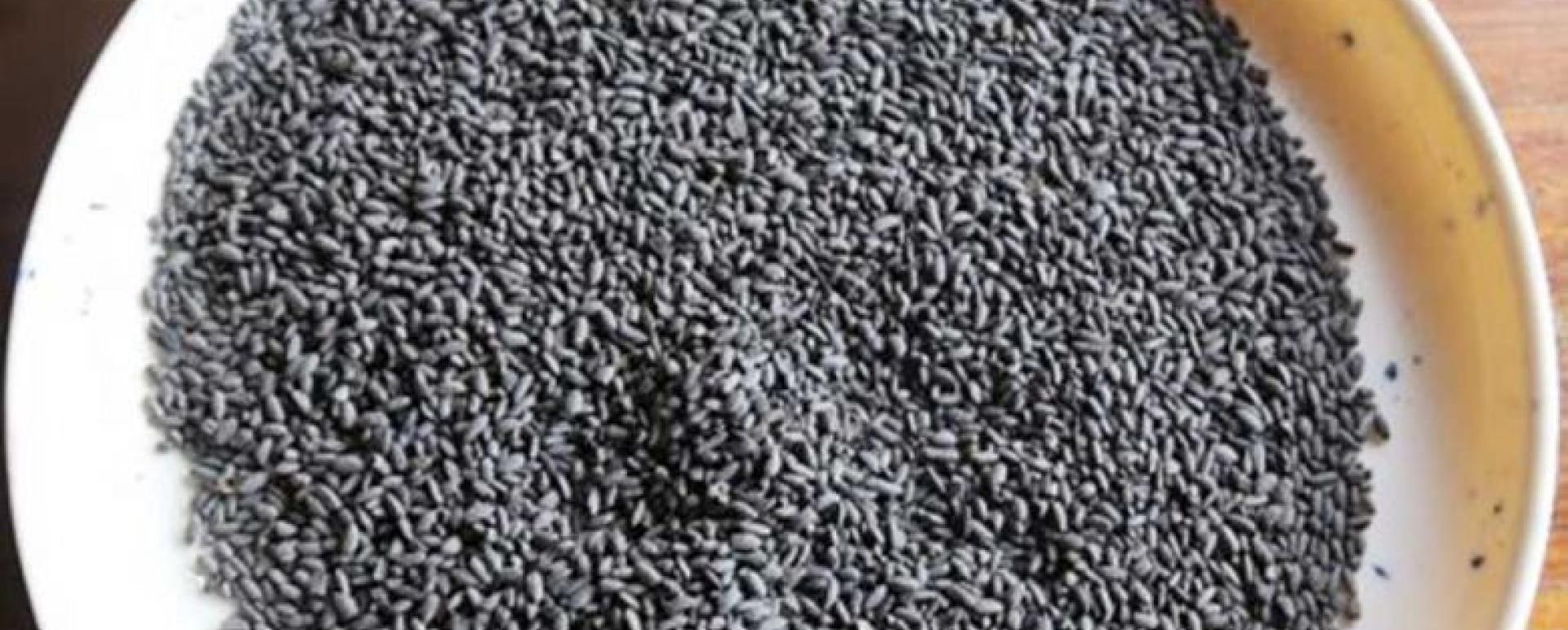(The Phnom Penh Post/ANN)----Scientific test results of black rice fossils found in the basement of the Preah Ko temple site in Thala Barivat district, Stung Treng province late last year show that Cambodians have been cultivating and producing rice since the early Neolithic period.
The Neolithic age began around 12,000 years ago and ended as civilizations started to rise around 3500BCE.
In July last year, Thuy Chanthourn, the deputy director of the Institute of Arts and Culture of the Royal Academy of Cambodia and deputy president of the Cambodian Historians Association, brought the mysterious samples of black rice fossils from Preah Ko temple to the laboratory of the Australian National University (ANU) to conduct experiments to date the fossils.
With technical support from Rachel Wood, an archaeological and anthropological specialist at the ANU Research School of Earth Sciences, Chanthourn successfully examined the rice which has since become the earliest scientific dating of early rice cultivation in Cambodia.
“We have dated a rice seed sample which we cleaned with Scalpel and types of acid. We kept it for a while and then measured it with a special machine.
“Experimental results show that the black rice fossils date from about 900 years to 1,000 years ago. Therefore, this scientific experiment has unveiled the oldest example of rice production in Cambodia,” he said.
In addition to the new evidence, Chanthourn also presented results of other studies conducted on ancient rice husks at Banteay Kou Circular Earthwork sites, east of the Mekong River at the red plateau areas, a site dating to around 2,000BC.
“The rice husks and the evidence on the temple carvings show that in Cambodia, we had a lot of rice production in the Angkor period. The inscription also mentions rice gifts evidencing that rice was not only being cultivated but had cultural value,” he said.
Chanthourn’s study showed that rice has been the mainstay cereal of Southeast Asians since the Neolithic period.
Many varieties of rice seeds come from Asia, such as Indica and Japonica rice seeds – the same variety that originated from about 8,200 to 13,500 years ago in the Pearl River valley region of China.
The black rice fossils sampled at the ANU’s laboratory came from the Tuol Ang Khmao or Preah Ko Temple located in Kaing Techo village in Thala Barivat commune of the district, behind the old district hall, about 300m away. The wonder of this rice is not decayed in water and buried for hundreds of years.
According to research books of the Stung Treng Provincial Department of Culture and Fine Arts, during French colonial era, black rice was so rich people would collect and scatter it on the ground to wish well to one another.
Thala Barivat natives have regarded the black rice sample used in the experiment as a cultural treasure left behind from the ancient ancestors since the construction of Preah Ko Temple.
The black rice is still referred to today as the ‘glorious rice’ locally.


